When Typhoon Kalmaegi swept across the central region in early November 2025, the entire coastal strip was submerged in gusts of wind, torrential rain, and a series of roads were cut off. Amid the vast water, the orange-shirted figures - "warriors of the electricity industry" - appeared in the places people least expected: on broken power lines, next to half-submerged electric poles, or on a small boat swaying to bring equipment into landslide areas.
Less than a few hours after the storm had ended, when the water was still murky and rocks were still threatening to slide down, the electricity industry had begun a familiar but never less arduous "operation": Restoring light to people, factories, production and the entire economy .
When the storm "knocks on the door" and the power grid becomes the front line
In recent years, natural disasters seem to no longer follow the old rules. In September 2025, storm No. 10 (Bualoi) affected more than 2.6 million customers, damaging many 110kV and medium-low voltage lines in the North. Just one month later, storms Matmo and Fengshen continued to hit the Central Highlands, causing hundreds of thousands of households to lose power and infrastructure to be torn apart. And by the end of 2025, storm Kalmaegi continued to submerge many localities, forcing Vietnam Electricity (EVN) to mobilize more than 1,300 staff and workers to be on duty and urgently repair the damage. The electricity industry restored power to nearly 1.5 million customers, equivalent to 90.52% of the total number of affected customers, in a very short time.

The electricity industry suffered significant damage during the storm. Photo: Hong Hoa
On the surface, these are just numbers. But if we put ourselves in the position of an electrician standing in the cold water, holding on to a pole, a headlamp shining a thin ray of light into the thick rain, we will understand that behind every percent of recovery is a part of human fatigue. The power grid is not just a technical system but a lifeline: a light bulb in a sickroom, a ventilator in a hospital, a water pumping station, a running assembly line in an industrial park. Every second without power is a second society misses a beat.
And behind that lies a vast, complex, vulnerable infrastructure that requires rapid response. The grid stretches over mountains, along rivers, and through densely populated areas where any weather event can cause downed wires, tilted poles, or flooded substations.
During recent natural disasters, images from the scene show that the recovery work has never been a simple task. In many places, rising water has made it impossible for specialized vehicles to access; workers have had to load equipment onto boats, or even walk for hours through landslides to reach the damaged poles.
During the days when typhoon Kalmaegi was still ravaging the Central region, if you stood on any street, from the flooded roofs in Quang Tri to the landslides in Gia Lai , you would see one thing in common: the flashlight beams swept into the rain-soaked space, faintly visible behind the wet orange shirts of the electricians. They appeared quietly, as if they were used to entering places where others were trying to leave. The storm had not yet passed, the rain had not yet stopped, but the electricity industry had already begun a wordless race: how to bring light back as quickly and safely as possible to each house and each economic lifeline.
In Ha Tinh , the repair team had to "eat on electric poles and sleep at the scene". At night, they lay down on the truck bed, on the wet cement floor, to take a few hours of sleep so that they could continue climbing poles and connecting wires early in the morning. In Gia Lai, in just a few days, the electricity industry restored 135 out of 208 incidents, restoring power to more than 98.7% of customers despite prolonged heavy rain and many low-lying areas still flooded.
"Orange Shirt Soldiers" and the story of protecting energy security
For decades, the “orange soldiers” have become a familiar image every time a storm comes. But as time goes by, the nature of the work becomes more stressful because natural disasters occur with more frequency and more extreme levels. Historic floods, which used to be rare, now appear in cycles of just a few years. Many power lines passing through protected forest areas or river banks that were once stable have suddenly become new landslide points. Maintenance and inspection of power lines, which were usually done periodically, now have to be intensified continuously. That puts the electricity industry in a state of “combat duty” rather than “shift duty”.
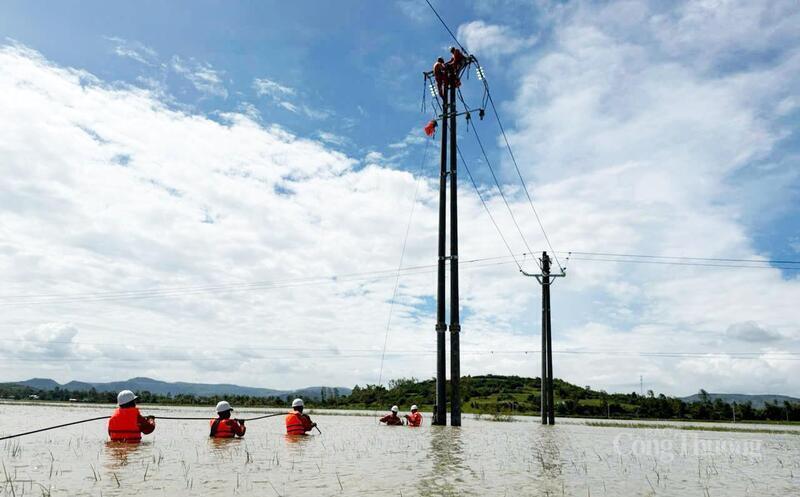
Electricity officials in Dak Lak soak in water to fix power lines damaged by storm No. 13. Photo: Hong Hoa
The current proactive response largely relies on the rapid response model that EVN has built over many years. Before each major storm, EVN issues an urgent dispatch, requiring the corporations to review disaster prevention and search and rescue plans, prepare backup supplies and mobile equipment, and mobilize additional forces when necessary.
After the storm, the damage assessment is carried out according to the principle of “restore to the extent, ensure safety to the extent”, not turning on the power when the area is still deeply flooded to avoid the risk of accidents. Many people sometimes do not understand why “the weather has cleared but there is still no power”, but for the electricity industry, the decision to “hold back” is sometimes the way to keep the community safe.
It is noteworthy that the power corporations are increasingly coordinating more effectively between regions. When the North is heavily affected, forces from the Central and Southern regions are ready to support. When the Central region is hit by floods, units from the North immediately come to support. This connection not only has the meaning of supporting human resources but also demonstrates the "national" nature of the electricity industry, a system in which any region has the responsibility to protect the common lifeline of the country.
However, the current efforts, though commendable, are not enough to help the grid “coexist with extreme climates”. Vietnam’s grid infrastructure still has many shortcomings: Many areas are degraded; many power lines pass through complex terrain; the undergrounding rate is still low; urban corridors are affected by dense greenery, while mountainous areas are affected by natural landslides. Although the application of digital technology has been deployed quite strongly, it is still not widespread.
In the context of a sharp increase in the frequency of natural disasters, the electricity industry also needs to consider a specific financial mechanism. The damage caused by storms and floods is not small, but the natural disaster risk insurance mechanism for the power grid is still quite vague. Recovery costs mainly rely on self-balancing resources, causing financial endurance to be eroded over time. Meanwhile, countries with many natural disasters such as Japan or the Philippines have formed an "infrastructure security fund" model, helping to spread risks and maintain more sustainable investment.

Electricity workers reconnect power lines amid half-burdened water. Photo: Hong Hoa
Another open direction is planning for natural disaster prevention in power development. Power Plan VIII mentions increasing the durability of the transmission grid, but actual implementation needs to be accelerated in the context of climate change beyond forecast. The power industry cannot "fight storms alone" without the coordination of transportation, construction, and agriculture in corridor planning, flood drainage, tree treatment, and landslide prevention. This is an interdisciplinary problem that requires comprehensive thinking, not just the responsibility of EVN alone.
However, amidst the great challenges, the image of the electrician persevering in the wind and rain remains a powerful symbol of inspiration. It is not only a story of a profession but also a story of civic responsibility, the responsibility to protect the lifeline for each family, each business and the entire economy. When the storm passes and the light comes back on, few people know that there are blistered hands, sleepless nights, and hasty meals in the wind and rain. They, the orange-shirted soldiers, are the ones who are maintaining stability for energy security and social trust.
In an era of extreme climate, there will be many challenges ahead. But looking at the muddy boots, the calloused hands and the small streaks of light on the top of the electric poles at night, we understand that the light will always return. Because there are people who have chosen to stay with this job, people who keep the country alive with all the perseverance in their hearts.
Source: https://congthuong.vn/nganh-dien-trong-bao-lu-nhung-chien-si-ao-cam-giu-mach-song-cho-nen-kinh-te-430322.html







![[Photo] Deep sea sand deposits, ancient wooden ship An Bang faces the risk of being buried again](https://vphoto.vietnam.vn/thumb/1200x675/vietnam/resource/IMAGE/2025/11/13/1763033175715_ndo_br_thuyen-1-jpg.webp)
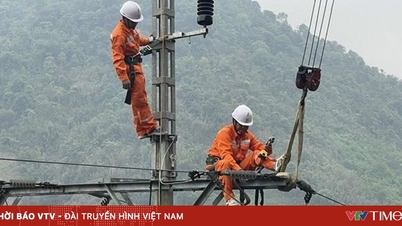

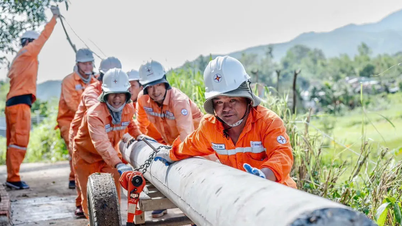

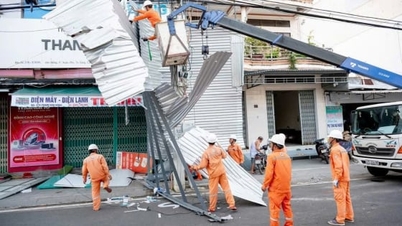

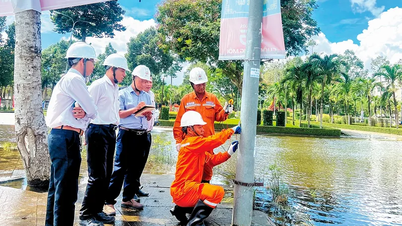

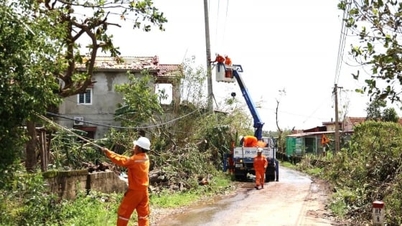


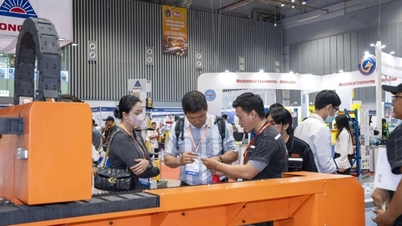

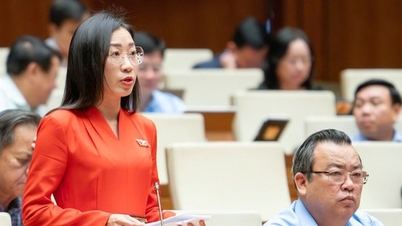

















































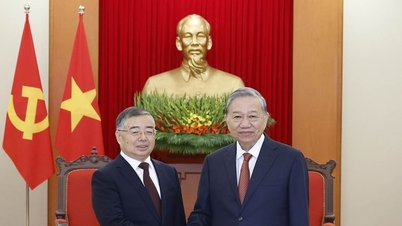
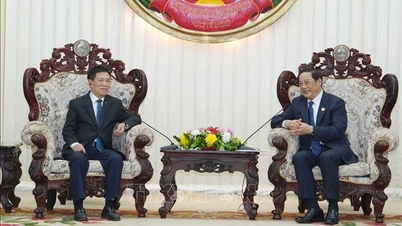










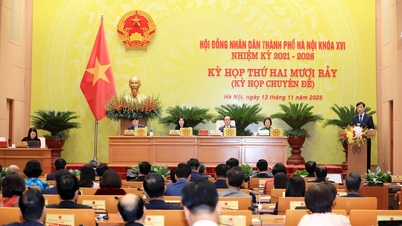



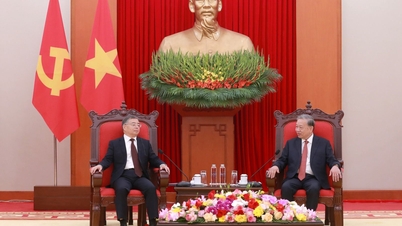

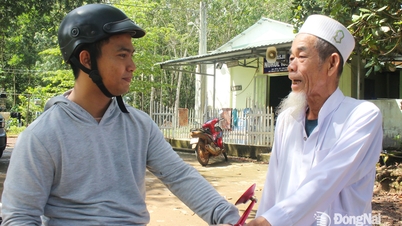


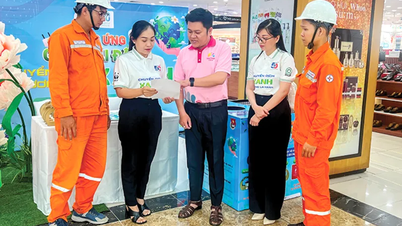







![Dong Nai OCOP transition: [Article 3] Linking tourism with OCOP product consumption](https://vphoto.vietnam.vn/thumb/402x226/vietnam/resource/IMAGE/2025/11/10/1762739199309_1324-2740-7_n-162543_981.jpeg)




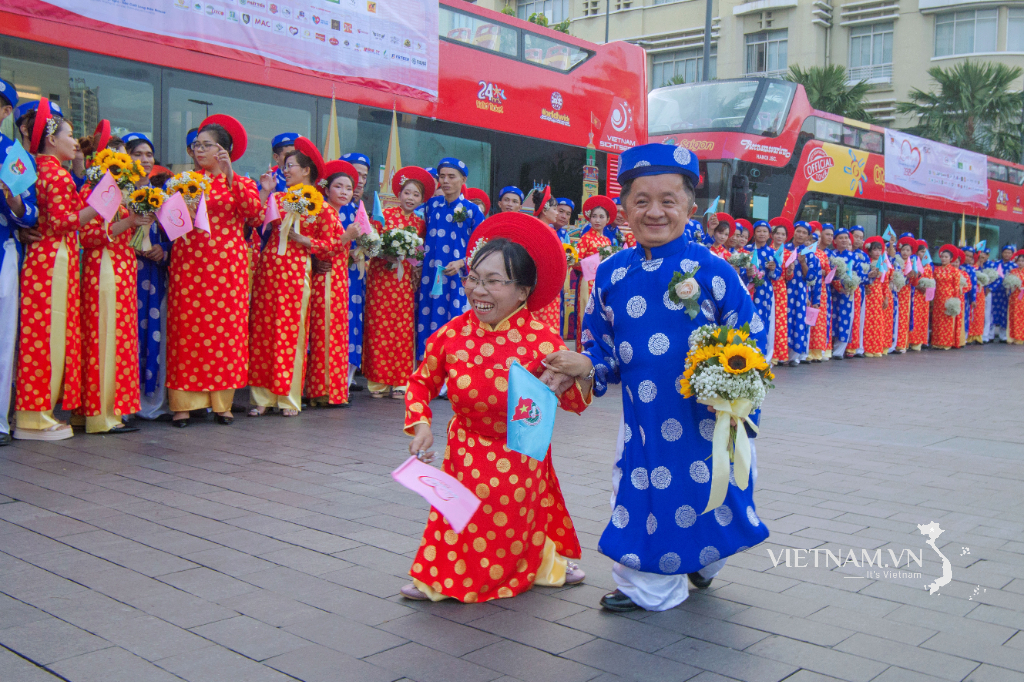


Comment (0)